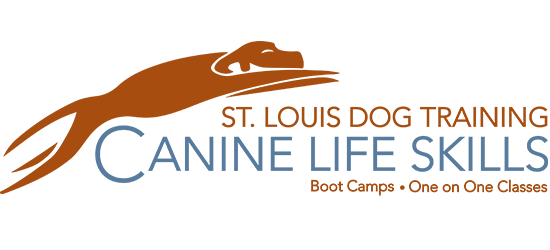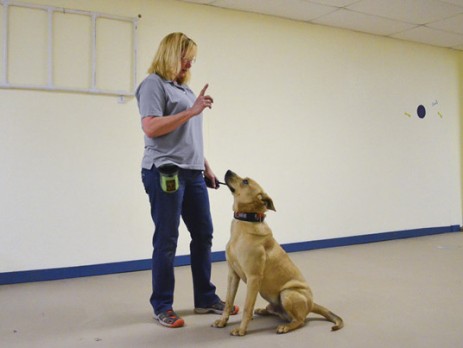House Training a New Puppy
House Training a New Puppy: Puppy Training Tips
When house training a new puppy, supervision is the key to success. Until your puppy is reliable you must keep a close eye on him at all times. The easiest method is the tether. Attach a six foot leash to your puppy’s collar and attach to your pocket or belt loop. This way the puppy is never six feet out of reach and you can use the leash to escort him quickly outside.
Tether your puppy to you until the he becomes reliable so you always have him under 100% supervision. Continue keeping a watchful eye on him for signs he needs to go out such as lots of sniffing, squatting or circling. When it is not possible to have his tether on put him in his crate.





 muzzle but once the dog has settled into the headhalter it can be used to guide a dog into heel position and keep him there. Care should be taken to avoid harm to the dog’s neck by not forcing the dog’s head sideways or downward into an unnatural position.
muzzle but once the dog has settled into the headhalter it can be used to guide a dog into heel position and keep him there. Care should be taken to avoid harm to the dog’s neck by not forcing the dog’s head sideways or downward into an unnatural position.
